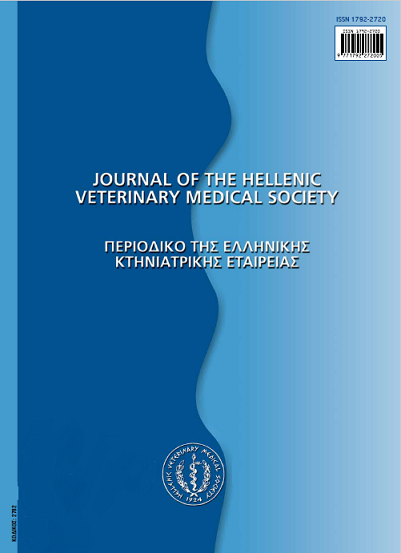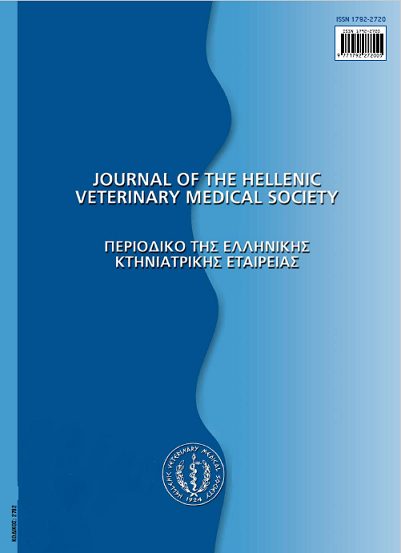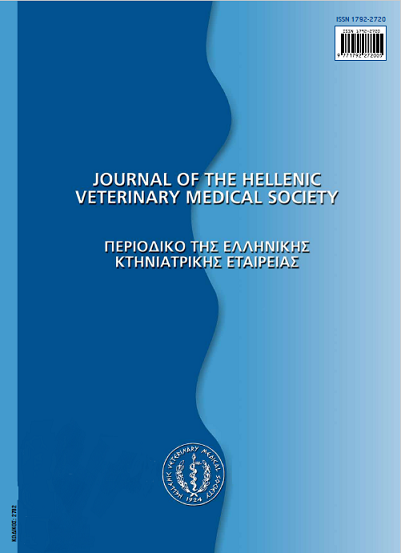Applications of ultrasonography in ruminants (III): udder andgenital system of the male - A review

Abstract
The main advantage of ultrasonography for examination of the udder, the teats and the genital system of male ruminants is the ability for real time observation of the respective anatomical region, with no need of invasive procedures and with the benefit to image superficial and deeper anatomical structures. For the examination of these two systems, one can use linear array and sector scanner probes with frequencies 3.5-12.0 MHz for udder/teats and 5.0-7.5 MHz for the genital system of male ruminants. The method and the direction of the probe differ depending on the organ being examined and the image observed can differ depending on the organ and the presence of abnormalities. Main pathological conditions that can be diagnosed ultrasonographically are in the udder mastitis, haematomas and foreign bodies and in the teats stenosis, inflammatory lesions, milkstones or foreign bodies, haematomas and abscesses. Pathological conditions in the genitalia of male ruminants, including orchitis, testicular cysts, epididymitis, abscesses, haematomas and tumours, can also be diagnosed ultrasonographically.
Article Details
- How to Cite
-
LAZARIDIS (Λ.Ι. ΛΑΖΑΡΙΔΗΣ) L. J., BROZOS (Χ.Ν. ΜΠΡΟΖΟΣ) C. N., & KIOSSIS (E.A. ΚΙΟΣΗΣ) E. A. (2017). Applications of ultrasonography in ruminants (III): udder andgenital system of the male - A review. Journal of the Hellenic Veterinary Medical Society, 63(3), 217–226. https://doi.org/10.12681/jhvms.15437
- Issue
- Vol. 63 No. 3 (2012)
- Section
- Review Articles
Authors who publish with this journal agree to the following terms:
· Authors retain copyright and grant the journal right of first publication with the work simultaneously licensed under a Creative Commons Attribution Non-Commercial License that allows others to share the work with an acknowledgement of the work's authorship and initial publication in this journal.
· Authors are able to enter into separate, additional contractual arrangements for the non-exclusive distribution of the journal's published version of the work (e.g. post it to an institutional repository or publish it in a book), with an acknowledgement of its initial publication in this journal.
· Authors are permitted and encouraged to post their work online (preferably in institutional repositories or on their website) prior to and during the submission process, as it can lead to productive exchanges, as well as earlier and greater citation of published work.




